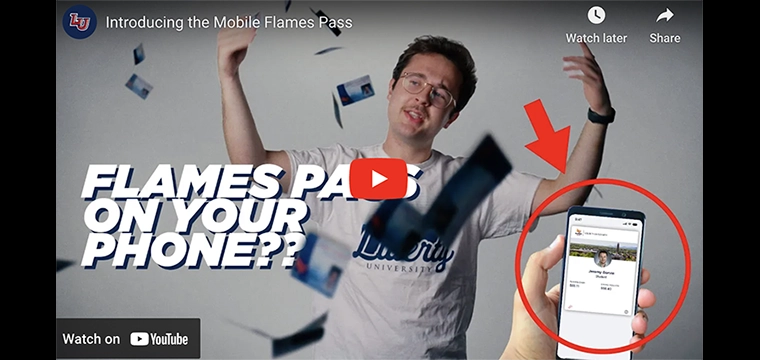
A conversation with CBORD’s Bob Lemley
There are, however, some familiar measures that can be seen across institutions. For example, many universities have 24/7-attended desks where all visitors and guests have to pass by the attendant, be accompanied by a resident and check in.
CBORD offers a visitor management tool that can capture a visitor’s ID, as well as determine what kind of credential was presented – driver license, student ID, or otherwise. The feature specifically addresses the problem of managing visitors into res halls with either manned or unattended front desks. A built-in, web-based feature also simplifies the registration process in advance for students expecting guests, while enabling desk attendants to stay informed about guest statuses.
When it comes to vetting off-campus guests, policies vary but visitor management protocols can build in everything from guests simply stating who they are, to capturing a picture of them, to seeing a credential and specifying what kind of credential, to capturing the credential itself, explains Lemley.
The idea differs when it comes to on-campus visitors, though, as an institution can assume that the campus card is compatible with its existing protocols and can be used to verify identity without any friction, explains Lemley.
A natural extension to vetting visitors at the door is checking visitor IDs against criminal registries. It’s an added precaution that is available, though it’s not always a straightforward implementation.
“What we do is similar to university ban lists,” says Lemley. “There is an open, nationwide database for registered sex offenders that we can check against, but when it comes to criminal conviction records, databases vary from state to state and frankly these tend to not be very useful.”
As Lemley explains, the challenge with general criminal registries is that there could be 200 “John Smiths,” and then the task becomes figuring out if the “John” in front of you matches the person on the registry. “What we have found in talking to people who use these databases is that this process quickly becomes a problem,” says Lemley.
The typical visitor lifecycle goes something like this:
One commonality that Lemley sees at dorms with a front-desk setup is that the guest typically has to be accompanied by their resident any time they pass the threshold. For example, if a resident and guest both leave to see a movie, they both have to come back together in order for the guest to gain access to the residence hall.
“We can actually put alarms on individuals so that when their check-in occurs, we can push different kinds of notifications,” explains Lemley. “For example, if a guest was registered for a 12-hour visit and they’ve been there for eleven hours and 45 minutes, we can send a text or email reminder to the host to send their guest home or check them out at the desk.”
[pullquote]The system can text or email a host instructing them to check their guest out at the front desk if the approved departure time has passed or needs to be extended[/pullquote]
Extension of visiting hours is another of the many adjustable protocols that universities and their disparate residence halls must determine. “But that’s an easy class of rules to parameterize,” says Lemley.
Typically, visitor management parameters are laid out by housing administration with considerable student government association involvement.
“If campus police are going to be involved in policy enforcement, then they’ll be there and it’s not unusual to have risk management or legal participate to make sure the parameters are agreeable,” says Lemley. “Legal and risk management could also compose the review committee, with the other entities meeting separately first to lay out the parameters.”
The rural versus urban dichotomy is another significant consideration when it comes to visitor management. “Suburban and rural campuses tend to be far more relaxed with their visitor policies than urban campuses,” he says. “Urban campuses typically contend with increased crime rates and see more foot traffic be it the homeless or other individuals passing by.”
This all leads to the need for greater security.
Despite the many challenges posed by visitor management in higher ed and the fragmented nature of visitor protocol, the end game remains the same. Dorms are a student’s home away from home, and properly safeguarding these facilities is paramount.
“We want to know who the guests are,” says Lemley. “And we want the host to know the visitor policy and to register their guests accordingly.”




